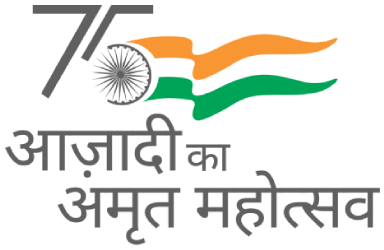Kirtan Adhikari 1 , Kiran Chhetri 1 , Eshan Basnet 1 , Karma Chozom 1 , Kabita Sharma 1 , Aman Giri 1 , Leki
Bumpa 1 , Vasker Sharma 2
1 College of Science and Technology, Royal University of Bhutan
2 Jigme Namgyel Engineering College, Royal University of Bhutan,
Corresponding author Email: adhikari.cst@rub.edu.bt
Received August 25, 2022 Revised October 20, 2022
Accepted November 11, 2022 Published December 20, 2022
ABSTRACT
This study focuses on revisiting the old technique of testing the consistency of historic precipitation data
from the Himalayas of Bhutan through a double mass curve (DMC) and residual curve (RC). The
method of least square and regression analysis is employed to supplement by providing a statistical
means to quantify and justify the inconsistency in the data. Inconsistency in the dataset may arise due
to natural or anthropogenic activities and implies the change of precipitation regime over the region
compared to the meteorologically homogeneous region or the change in method to collect data. As the
precipitation data is pivotal for an assessment of water resources over the Himalayan catchments, testing
the historical dataset for consistency is imperative when the data was collected manually. Precipitation
data is limited in the country in both the time and space domain as the installation of dense rain gauge
for precipitation measurement is challenging. Moreover, maintaining it would be extremely costly and
difficult owing to the tough Himalayas terrain. It is vital to investigate the quality of available limited
datasets and recommend the best method for rectifying the inconsistency thus capitalizing on the limited
resources before progressing with the assessment. The test results are presented in four categories: Best,
Good, Satisfactory and Poor category. It is observed that maximum stations fall in Good (32%) and
least in Satisfactory (15%)with a sufficient number in Best (29%). It can be concluded that more of the
Class C stations shows discontinuity when compared with class A stations AWS (Automatic Weather
Station) stations. Further, it is proven that consistent data are also statistically homogeneous.
Furthermore, this research puts forward an innovative approach of grouping stations for consistency tests
based on the frequency of rainfall events. The result provides an avenue to apply robust algorithms to
estimate the missing data since the stations are categorically tagged with their quality.
Keywords: Rainfall, Inconsistencies, Bhutan.
Request for Full Paper to ce@jweam.in

